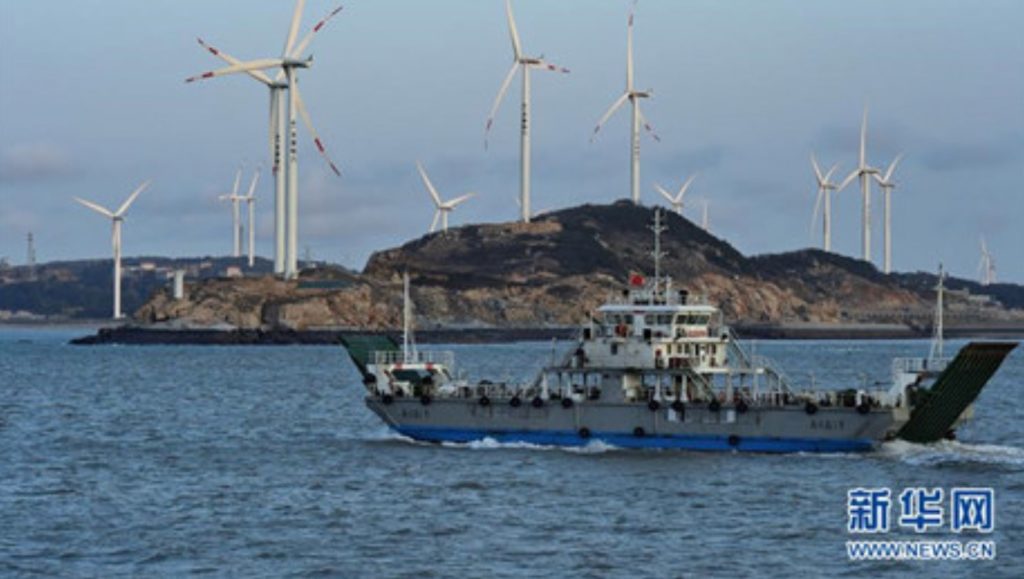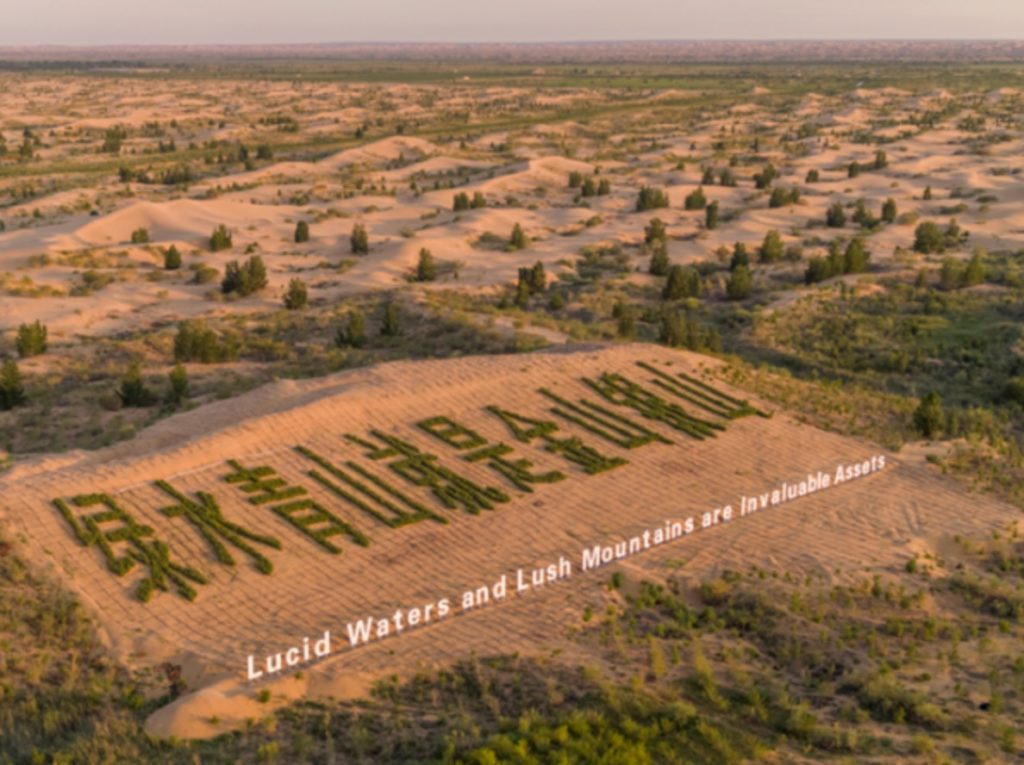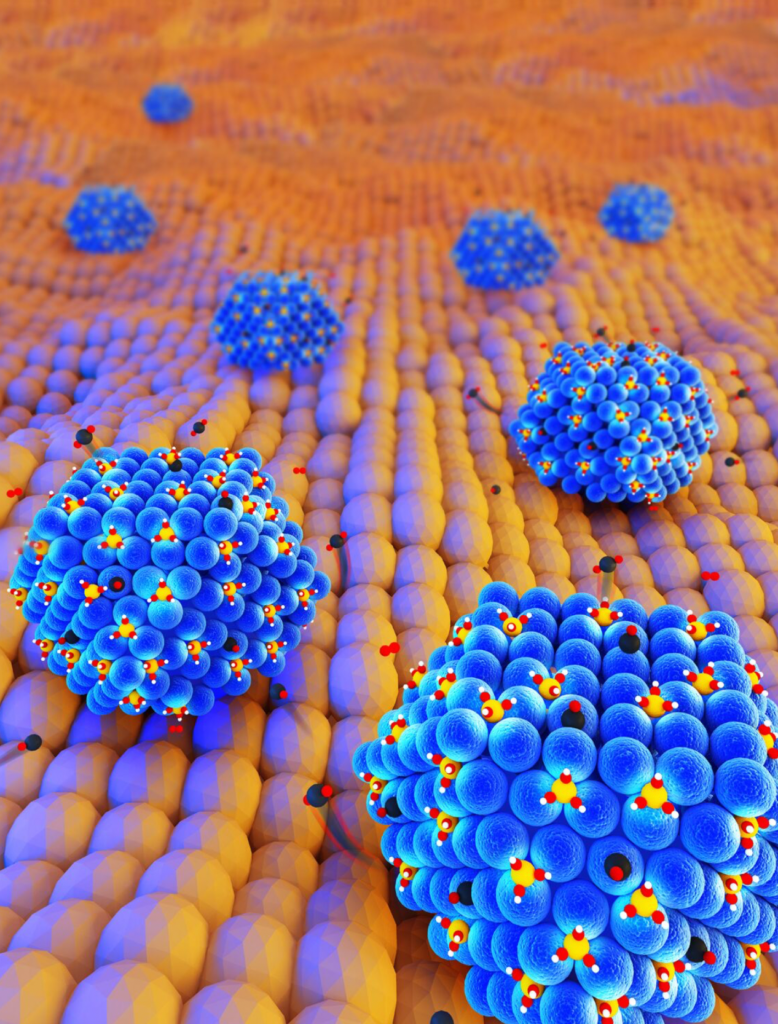China in Africa
Chinese pavillion at Cairo book fair
Egypt opened on Wednesday the 51st Cairo International Book Fair CIBF, the largest and oldest book fair in the Middle East and the second worldwide after Germany’s Frankfurt Book Fair, featuring 808 pavilions and 900 publishing houses. China contributes a 90-meter wide pavilion, decorated with big red lanterns. Prices of books translated from Chinese vary from 30 to 220 pounds (about 1.9-13.9 US$), less expensive than English books.
Xinhua news release, January 24, 2020

No Results Found
The page you requested could not be found. Try refining your search, or use the navigation above to locate the post.
Window-to-China
Putian builds “wind power island”
The city located in Fujian Province near the Taiwan strait has built 138 wind power generaters on islands sourrounding the city. Electricity generated enters the Putian power grid.
Japan JST China news, February 26, 2019

Deep space exploration: China studies solar sails made from graphene
According to CHEN Yonghsheng of Nankai University, graphene can be driven by light sources such as sunlight, and the thrust generated in vacuum conditions is 1,000 times higher than that of polyimide film, studied by Western researchers for “solar sails”. Graphene is among the strongest and thinnest known materials, and can withstand temperatures over 800 degrees centigrade.
CAS news release, February 25, 2019
Bronchioalveolar stem cells (BASCs) assist in lung repair and regeneration: CAS Institute of Biochemistry and Cell Biology
In cooperation with CAS Guangzhou Institute of Biomedicine and Health, the group of JI Hongbin found by fate-mapping and clonbal analysis of BASCs that this cell type can become become activated by different lung injuries, and can differentiate into multiple cell lineages including club cells, ciliated cells, and alveolar type 1 and type 2 cells for lung regeneration. Thus BASCs show multipotency and self-renewal during lung repair and regeneration.
CAS news release, February 22, 2019
Metabolic engineering of Myceliophtora thermophila provides high titers of fumaric acid
A group around Shuying GU and Jingen LI at CAS Tianjin Institute of Industrial Biotechnology has engineered Myceliophthora thermophila using the CRISPR/Cas9 system. They introduced fumarase of Candidakrusei fumarase into M. thermophila and disrupted the intracellular fumarate digestion pathway by deletion of the two fumarate reductase and the mitochondrial fumarase genes of M. thermophila. Increasing the pool size of malate, the precursor of fumaric acid, significantly increased the final fumaric acid titer. Finally, disruption of the malate–aspartate shuttle increased the intracellular malate content. The final strain could produce up to 17 g/L fumaric acid from glucose in a fed-batch fermentation process.
CAS news release, February 22, 2019

Chongqing Oilfield provides China with 121 million m3 of gas per day
China’s largest oil field supplies gas to over 40 Chinese cities including Xi’an and Beijing by a total of 5600 km of pipelines. In 2018, production reached over 38 billion m3, accounting for a quarter of China’s overall production.
Japan JST China news, February 22, 2019
Beijing leads China in AI-related industry
According to a “White paper on the development of AI Industry in Beijing”, there were over 4000 AI-related companies in China by mid-2018, 1070 of which were located in Beijing. In automatic driving, 35 vehicles made by 8 companies did cover already over 63,000 km road tests.
Japan JST China news, February 20, 2019
China emphasizes clean coal thermal power supply systems
According to a report by the China’s National Energy Board, by October 2018 ultra-low emission coal-fired power generation equipment in China reached over 700 million kW. Due to ultra-low emissions and energy savings, annual emissions of sulfur dioxide, nitrogen oxide and flue dust in China’s coal-fired power generation industry has drastically decreased since 2014, and standard coal usage for power supply also tends to decrease.
Japan JST China news release, February 14, 2019
Xiamen University team develops humanized mouse model for hepatitis B
Previous studies had shown that mesenchymal stem cells from human bone marrow have the potential to differentiate into hepatocyte-like cells in vitro and continue to maintain essential hepatocyte functions after being transplanted into host mouse livers. After HBV infection, the humanized mice developed specific immune and inflammatory responses and showed progression to chronic hepatitis and liver cirrhosis, providing opportunities for better understanding the immune pathophysiology of HBV and testing promising antiviral therapies in vivo. According to WHO, an estimated 257 million people are living with HBV infection, and over 100 million among them in China.
CAS news release, February 12, 2019
China attempts to green the Kubuqi desert in Inner Mongolia
Over the past 30 years, planting shrubs and trees led to greening of over 6000 square kilometers of this desert. Carbon sequestration is now 15.4 million tons, water source recharge is 24,376 million cubic meters, and oxygen release about 18.3 million tons. The region located in Inner Mongolia is now a United Nations “World Ecological Economic Demonstration Area”, and NASA, based on satellite images, recognized China’s “Outsized Contribution” to global greening trends. China at present accounts to 1/4th of the world’s greening expansion area.
China Daily, February 12, 2019

Metal-free photocatalyst destroys E. coli in water in 30 minutes
A team from Yangzhou University, CAS Institute of Process Engineering and the University of Technology in Sydney has developed a mthod which killed model Escherichia coli under visible-light irradiation within 30 min, by using an edge-functionalized graphitic carbon nitride (g-C3N4) as the photocatalyst. The authors believe that edge functionalization generated an anisotropic electric field that promoted the separation of photo-generated electron-hole pairs, leading to disruption of membranes. The method may eventually be used to prepare pathogen-free water by photocatalysis.
CAS news release, February 8, 2019
Rail traffic between China and Europe increases strongly
According to a report of China Daily, 6,300 freight trains travelled between China and Europe in 2018, 72% more as compared to 2017.
China Daily German edition, February 1, 2019
Jinan announces Quantum Information Science Center
Jinan, capital of Shandong province, has already built one of the largest and most functional commercial quantum communication networks, named “Jinan Quantum Communication Test Network”. The city now pushes for a National Institute of Quantum Information Science.
Japan JST China news, January 31, 2019
A catalyst removing CO traces from hydrogen gas may accelerate introduction of hydrogen fuel-cell cars: University of Science and Technology of China
A team around Junling LU has developed a catalyst based on atomically dispersed iron hydroxide on Pt nanoparticles which allows to purify hydrogen fuel efficiently over a temperature range from -75 – +107 C. This PROX -catalyst (for preferential oxidation of CO in hydrogen) protects hydrogen fuel cells against CO poisoning during both frequent cold-starts and continuous operations under extremely cold temperatures, paving the way for the development of hydrogen-based fuel-cell cars.
CAS news release, January 31, 2019

© Junling LU, University of Science and Technology of China
China’s renewable energy generation increased by 12 % in 2018
According to a report by the National Energy Bureau of China, renewable energy capacity increased by 12 % in 2018 and reached 728 million kW. Hydropower capacity increased by 2.5% to 352 million kW, wind power by 12.4% to 184 million kW, solar power by 34% to 174 million kW, and biomass power by 20.7% to 17.81 million kW. Renewable energy accounted for 26.7% of all electricity generation.
Japan JST China news, January 30, 2019

China builds 5G base station in Xining, Qinghai province
Xining is a gateway to Tibet and at a level of over 2,000 m. Last April, the provincial government adopted a plan to develop new wireless technologies, such as the 5G network. According to telecommunications companies, 5G technology can narrow the information service gap between Qinghai’s Tibetan inhabited regions and the rest of China.
People’s Daily German edition, January 30, 2019
